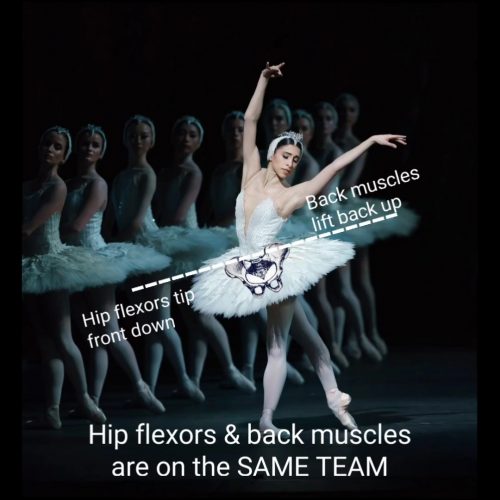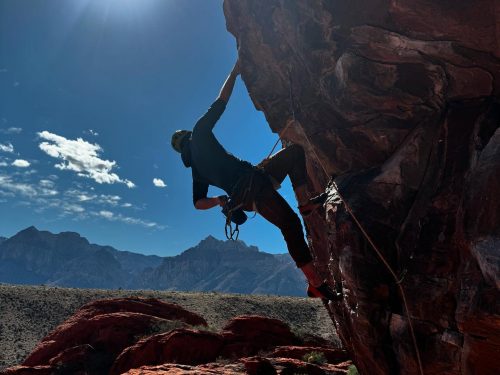We’re excited to share that Red Cedar Physiotherapy now uses Infrared Video Goggles as part of our vestibular and concussion assessments.
These goggles allow us to more easily observe and record subtle eye movements that help diagnose the cause of dizziness, vertigo, and other vestibular conditions.
So why are we so interested in eye movements?
It all comes back to the vestibular system—a part of your inner ear and brain that helps maintain balance and clear vision with head movements. It is easy to take this system for granted as we move around throughout the day, transitioning between different body positions or getting out of bed in the night without stumbling! However, when something goes wrong with the vestibular system, the symptoms can be very disconcerting and uncomfortable.
What are the most common Vestibular symptoms?
- Vertigo (the sensation that you or your environment is moving or spinning)
- Chronic dizziness
- Unsteadiness or imbalance
- Blurred vision with head movements
- Motion sensitivity
- Nausea
What can I do to improve my Vestibular disorder?
Come and see us at Red Cedar Physiotherapy in Revelstoke: we have several physiotherapists who have extra training in the assessment and treatment of vestibular disorders.
Some of the more common conditions that require a vestibular assessment include:
- BPPV (when tiny crystals come loose from their normal position and float around in the semi-circular canals in the inner ear)
- Vestibular Neuritis (a condition when a virus affects a nerve in your inner ear)
- Concussion
- Vestibular Migraine (a type of migraine that presents with vertigo, dizziness or imbalance)
- or even age-related changes.
It may interest you to know that the eyes are the window into the vestibular system. To assess the vestibular system, physiotherapists need to observe and interpret small movements of the eyes. These eye movements can be fleeting and at times difficult to observe.
This is where the Infrared Video Goggles make a big difference. They allow us to see those small, fast movements clearly and even record them for further review. They also let us perform tests in total darkness, which can reveal eye movements that aren’t visible under normal lighting conditions.




